Mob amonth wrrnty original
Top sales list mob amonth wrrnty original
Latest Offers

Pakistan
6 left in total 4 youngsters and one proven pair Youngsters 4000 each all gorgeous pastel colours long tail feathers . All closed rung breeding pair at 4000 pair 4 young plus proven pair 5000
Rs 4.000,0
See product
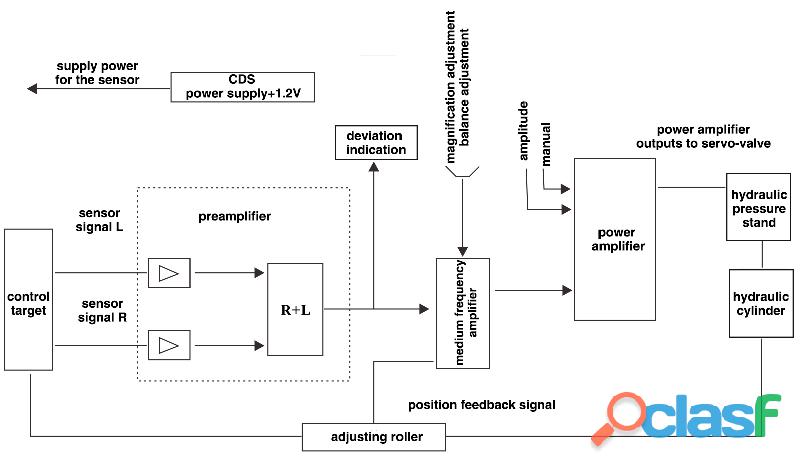
Pakistan (All cities)
The composition of the system The photoelectric strip automatic center position control system is mainly composed of sensors, amplifiers, PLC controllers, hydraulic control and other parts. System composition block diagram The main technical parameters 1. Detection width: 300-2800mm 2. Detection light source: 220VAC. (100VAC) 30W. High frequency white light works continuously 3. Photodetector: precision die-casting components, time constant 20ms 4. Maximum working voltage: 50VDC 5. Distance from receiver to emitter: 300-1000mm 6. Operating temperature: 0℃-60℃ 7. Resolution: 0.5mm 8. Linearity: ±1%F.S (after linearization) 9. Repeatability error: △R1%, F.S 10. Servo-valve working signal: ±10V 11. Rated pressure (oil pressure): 4.5Mpa 12. Rated flow: 30L/min 13. Symmetry: 10%
Rs 0,0
See product
2 photos
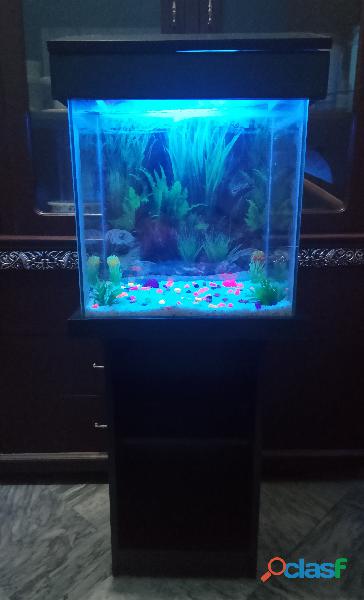
Lahore (Punjab)
Aquarium for sale aquarium size is 1.5 by 1.5 ft neat and clean like a new if anyone intrested to buy then contact on my number thx 03224597050 location : Ghaziabad near MughalPura lhr
Rs 10.000,0
See product
2 photos

Karachi (Sindh)
CCTV Market specializes in offering premium CCTV security systems for homes as well as businesses. With over 10+ years of experience and a solid reputation for happy customers, we provide affordable solutions that are customized to meet your security needs. To guarantee you get the highest level of service possible, our knowledgeable staff takes care of everything from CCTV system design and installation to maintenance and repairs. We are your one stop shop for easily CCTV security since we place a high priority on quality in both our goods and services. For dependable and effective CCTV installation and repair, rely on CCTV Market right now.
Rs 150,0
See product
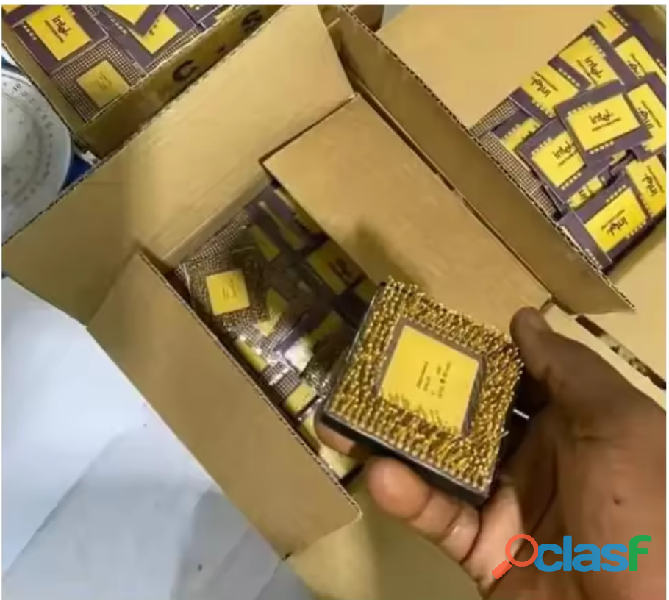
Pakistan (All cities)
We are specialized in the sales of full metal scrap/ recycling material such as ac/fridge compressor , Ceramic Cpu Gold Processor Scraps , H.M.S 1&2, Copper wire scrap,Drained Battery Lead scrap in the UK (LONDON).We have all our product fully ready for sales in good quantity and quality also to be shipped out for our buyers.For Booking : https://wa.link/og0sgp Whatsapp: +15806151130
Rs 1.000,0
See product
2 photos

Pakistan (All cities)
Overview In order to meet the needs of producing various specifications of continuously cast products, shorten the time for replacing the mold, and improve the production capacity and production efficiency of the continuous casting machine, the mold online width adjustment system is the key technology for efficient continuous casting. The online mold width adjustment system enables the two narrow sides of the continuous casting slab mold to move inward or outward in small steps until the predetermined width is reached. During the production process, the adjustment of the mold’s width can be completed without stopping the machine. Generally, the online width adjustment of the mold needs to be connected with the online taper measurement of the mold. Only with adjustment and detection can the online adjustment range of the mold be accurately controlled. Fig 1 Mold online width adjustment system The components of the system Workstation: host system, system width adjustment control, taper detection. On-site operation box: real-time display of the current control status, manual operation to adjust parameters. Digital Electric Cylinder: Precise digital control of electro-hydraulic drive cylinder, which can achieve high-precision quantitative control. On-line measurement of taper: Install it on the narrow-face copper plate of the mold, and monitor the taper of the narrow-face copper plate in real time. Cooperate with the detection feedback control of the width adjustment system, so as to achieve high-precision adjustment. FIG 2 System block diagram The technical parameters Adjustable range: 0-1250mm (unilateral) Control accuracy: 0.02mm/0.05mm/0.1mm Step resolution: 0.01mm/0.02mm Running speed: 0-10mm/s Power: 3.5KWl 16-bit encoder: 65536 pulses Weight: 25Kg Shell: high-strength aluminum alloy FIG 3 Syetem software interface The functions of the system Realize online width adjustment function Realize the online real-time monitoring function of mold taper Continuous casting production adjustment and non-stop production One-key operation in the main control room, automatic completion High adjustment accuracy and fast speed The interlock control of the continuous casting steelmaking system can realize automatic steel pouring
Rs 0,0
See product
3 photos
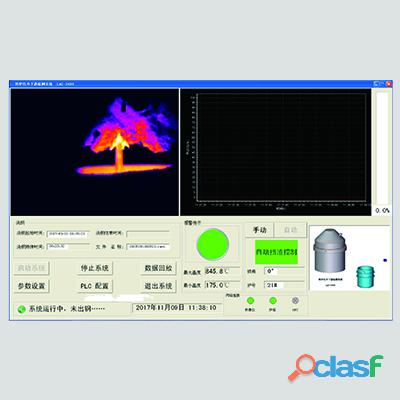
Pakistan (All cities)
Overview The infrared converter slag detection system uses a far-infrared thermal imager to monitor the situation of converter tapping in real time, and is connected to the main control computer in the electrical room through the conversion and transmission of video signals. The radiation intensity in the infrared wavelength range of 7-14um is different to distinguish molten steel and slag. In the later stage of the converter tapping, the molten steel gradually decreases, and the steelmaking slag is involved in the molten steel and flows out of the tapping hole. After the thermal imager recognizes the steelmaking slag in the imaging temperature measurement, it will give an alarm according to the slag content ratio threshold set by the software. The thermal imager will start the slide plate to close the tapping hole, so as to realize the control of the slag in the converter tapping, and ensure the maximum yield of molten steel and the minimum control of the steelmaking slag content. The effect of slag detection in converter tapping is of great significance to the control effect of the slag amount. The converter slag detection and control system developed by our company conducts non-contact monitoring of the tapping steel flow through the far-infrared detector thermal imager. It can detect the slag condition in real time and output an alarm signal and control system, which can replace manual visual inspection and provide accurate, efficient and stable slag detection effect. When the system finds the slag, the intelligent control unit quickly makes a judgment of lifting the furnace and blocking the slag and outputs an alarm signal. As shown in Figure 1, the system includes thermal imager, front purge protection box, front electrical box, power distribution cabinet, main control monitor, monitor of rocking furnace chamber, sound and light alarm, infrared converter slag monitoring software system, etc. The features of thermal imager 1. The temperature measurement range is 200°C ~ 2000°C, high temperature measurement accuracy, and multiple temperature measurement intervals can be set. 2. High-resolution thermal imaging system, the imaging picture is clear, and the imaging color can be freely marked according to the set temperature. 3. With hot zone alarm function, the alarm zone and temperature range can be set arbitrarily. 4. With hot zone tracking function 5. Equipped with special 7~14um infrared filter lens The technical parameters 1. Temperature measurement range: 200°C ~ 2000°C 2. Temperature measurement accuracy: 2% 3. Detection accuracy and alarm accuracy: ≥98% 4. Resolution: ≥ 0.5℃ 5. Pixels: 640x240PT 6. Band: 7~14um 7. Field of view: 7.5°×5.5° 8. Frame rate: ≥ 25 frames/sec 9. Equipment service life: ≥5 years 10. The normal operation rate of the automatic control system: ≥99%
Rs 0,0
See product
3 photos
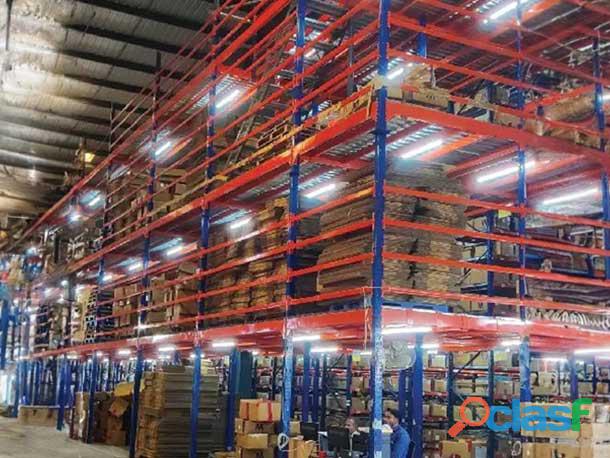
Kandhura (Federally Administered Tribal Areas)
Eagle Racking India is a leading provider of high-quality mezzanine floor in Lucknow, offering cost-effective and space-efficient solutions for warehouses, factories, and commercial establishments. Our mezzanine floors are designed to maximize vertical space utilization, providing an additional floor without the need for expensive building expansions. Constructed with heavy-duty steel and premium-quality materials, our mezzanine floors ensure durability, strength, and safety. They can be customized to meet specific load-bearing capacities and operational requirements, making them ideal for storage, office setups, and retail spaces. Read more: https://eagleracking.com/lucknow/mezzanine-floor
Rs 0,0
See product

Pakistan (All cities)
Buy the best herbal supplements & medications in USA online at affordable price. Get free delivery across all states. Order Now!
Rs 30.650,0
See product

Pakistan (All cities)
Protect your valuable machinery and equipment from voltage fluctuations with our reliable servo voltage stabilizer. Designed to maintain a consistent and stable voltage supply, it ensures optimal performance and extends the lifespan of your devices. Ideal for both industrial and commercial applications, our stabilizer provides superior protection against power surges, ensuring your machines run smoothly and efficiently. Trust our advanced technology for enhanced safety and reliability in every operation. https://voltsine.in/product/servo-voltage-stabilizer/
Free
See product

Pakistan (All cities)
Trusted Fence Installation Company in Maryland & Delaware. Explore wood, vinyl, and aluminum fencing solutions for homes and businesses. Call for a free estimate today https://www.fenceanddeckconnection.com/fencing/
Free
See product

Askoley (Northern Areas)
Buy Verified Cash App Accounts https://buy5stareviewer.com/product/buy-verified-cash-app-accounts/ As it acquires clients, verified accounts become essential for businesses and individuals to fully access its features. A verified Cash App account allows you to send, receive, and withdraw substantial amounts of money, making it ideal for entrepreneurs, freelancers, and investors. The verification process ensures that the account is legitimate, reducing the risk of fraud and providing peace of mind for users. Verified Cash App accounts offer several advantages. Firstly, they enable higher transaction limits, allowing users to manage larger sums of money. This is particularly beneficial for businesses that need to process significant payments. Secondly, verified accounts provide enhanced security features, such as two-factor authentication, which helps protect against unauthorized access. Lastly, having a verified account can improve your credibility and trustworthiness when dealing with clients or customers. When purchasing a verified Cash App account, it is crucial to choose a reputable source. Look for sellers who offer guarantees of authenticity and provide excellent customer service. Conduct thorough research and read reviews to ensure you are making a safe and reliable purchase. Contact Info:: Telegram:@BBuy5stareviewer WhatsApp :+1(470) 745-6499 Skype :Buy5stareviewer live:.cid.e4c6455dd0c7f99e Email:buy5stareviewer@gmail.com
Rs 250,0
See product

Pakistan (All cities)
ISO Certification in Kuwait is essential for businesses aiming to improve their credibility, efficiency, and market competitiveness. Achieving ISO Certification in Kuwait offers a standardized management system that supports organizations streamline processes, improve product quality, and ensure customer satisfaction. Additionally, ISO Certification in Kuwait demonstrates a commitment to international best practices, which is crucial in a globalized market. For businesses looking to expand internationally, ISO Certification in Kuwait is a significant advantage, as many clients and countries prefer or require ISO-certified partners. In Kuwait’s growing economy, ISO Certification in Kuwait serves as a key differentiator, fostering trust and reliability among clients and stakeholders. Quality Sistema Certifications & Inspections Pvt. Ltd. is one of the leading Global Organization, providing ISO Certifications, Inspection, Assurance & Auditing Services for industries with competence and transparency to build trust across the global industries. We are a team of highly specialized experts and industry professionals who working towards a sustainable business growth. #ISO 9001 Certification KuwaiT,#ISO Certification in Kuwait #iso 9001,ISO 9001 Certification Kuwait
Free
See product

Pakistan (All cities)
Effective Bird Deterrence: Strategically designed bird spikes to effectively deter pigeons, sparrows, and other nuisance birds.....
Free
See product

Pakistan
I have available 2 stunning BSH blue kittens. 1 girls and 1 boys. Mum and dad are beautiful blues and are GCCF registered. Mum has a wonderful personality, she is friendly and extremely loving. she has an excellent 4 generations pedigree.
Rs 5.000,0
See product
